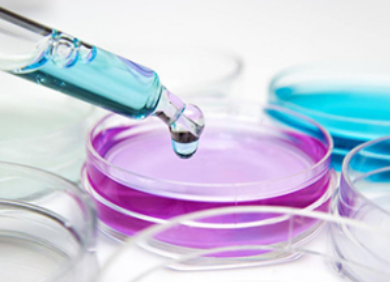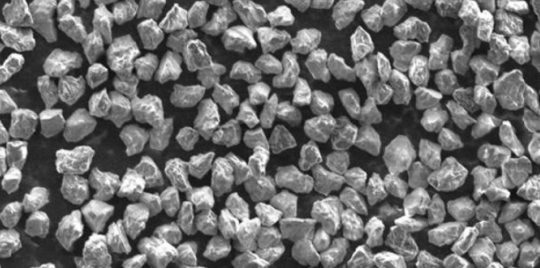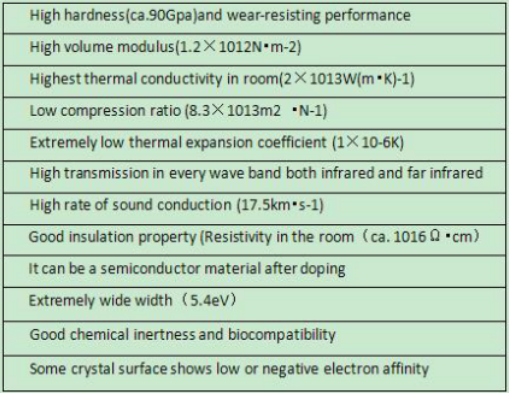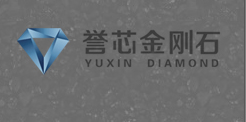Company tel:+86-379-63184520
Contact number:+86-15937921751
Postcode:471000
Email:info@yuxindiamond.com
Address:3-1-508 Luoyang National University Science Park, No. 2 Penglai Road, Jianxi District, Luoyang, China 471000
Nanodiamond Can Quickly Detect Water Pollution
Scientists at the Institute of Biophysics of the Krasnoyarsk Science Center of the Siberian Branch of the Russian Academy of Sciences confirmed that, nano-scale diamond can be used to detect phenolic toxicity and highly toxic substances in water. This discovery has led to new ways to quickly monitor environmental pollution.

The researchers modified the surface of nanodiamond particles to obtain nano-diamonds with high colloidal stability in different media such as water, organic solvents and oils. If deionized water is added to the modified nanodiamond powder, a solution can be formed, and the nanoparticles in the solution can remain in suspension for several years without being aggregated or precipitated.
The modified nanodiamond suspension obtained in this way can be repeatedly dried several times, and after adding water, the original characteristics are obtained again. In addition, the modified nano-diamond can maintain colloidal stability after freeze-thawing, boiling and autoclaving. The researchers pointed out that the original nanodiamond does not have this property, even if the dispersion of nanoparticles in the ultrasound long time processing, it is difficult to obtain a stable suspension.

The experiments show that the modified nanometer diamond is not easy to agglomerate and can be used as a catalyst in chemical reaction. If it is added to a mixed reagent for detecting phenolic substances such as aminoantipyrine, hydrogen peroxide, phenol, etc., the solution will quickly turn into a vivid crimson. The concentration of phenol in the water sample can be determined by spectroscopy based on the amount of colored product obtained. The researchers found that this reaction occurred due to the presence of traces of iron and copper ions on the surface of the nanoparticles.
The researchers also experimented with the possibility of repeated use of modified nanocrystalline diamond particles. After each water sample test, the researchers cleaned the nanoparticles and re-used to test the reaction. It is proved that the same nanodiamond sample can be used at least 7 times in phenol detection.
Now researchers are developing new indicators to detect phenol in solid supports using diamond nanoparticles fixed on a substrate. The new indicator will be more convenient in practical use. For example, diamond nanoparticles are immersed in water samples, and the color of the reaction products is compared with the test gauge to obtain the degree of contamination of the water sample by phenol.
Diamond, as one of the most special materials in natural world, is featured with the highest hardness, low friction coefficient, high elasticity modulus, high thermal conductivity, high insulation class, wide energy gap, great sound propagation rate and favorable chemical stability, which are presented in below Table. In spite of such unique features, the natural diamond has always been existed in the form of gem, with its variability and rareness sharply limiting its application. Luoyang Yuxin Diamond Co., Ltd‘s CVD Diamond film, on the other hand, integrates such physical and chemical properties, with lower cost than natural diamond and applicable to be made into various shapes, thus enjoying extensive application prospect in electronic industry, optical field and mechanical industry.








